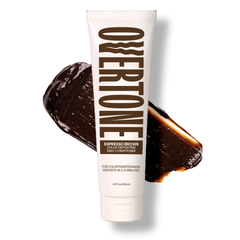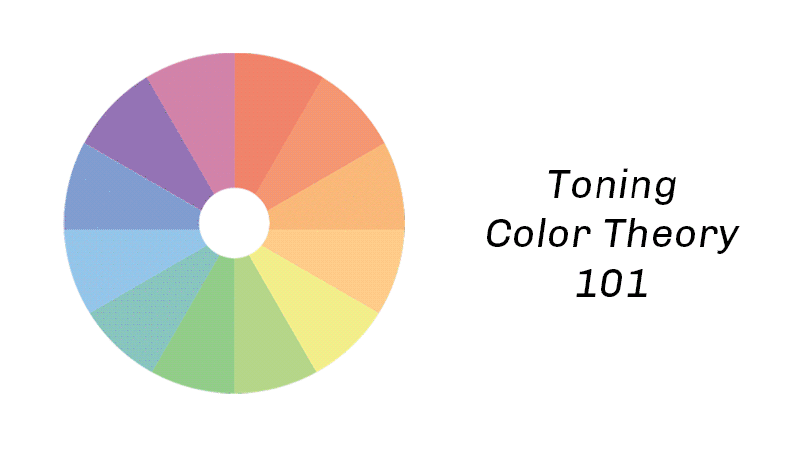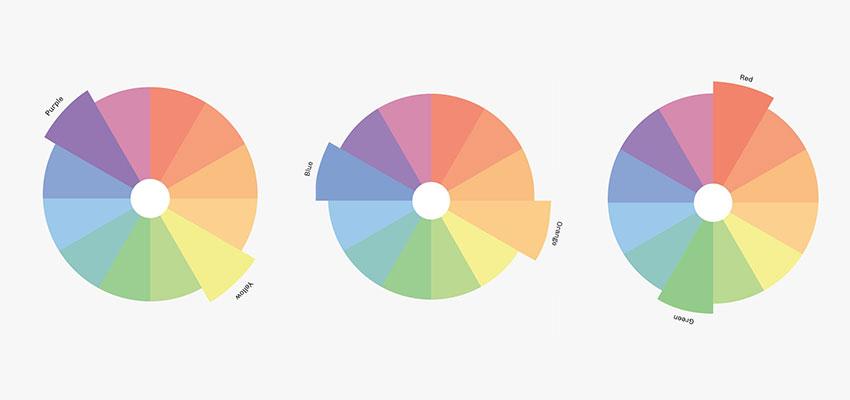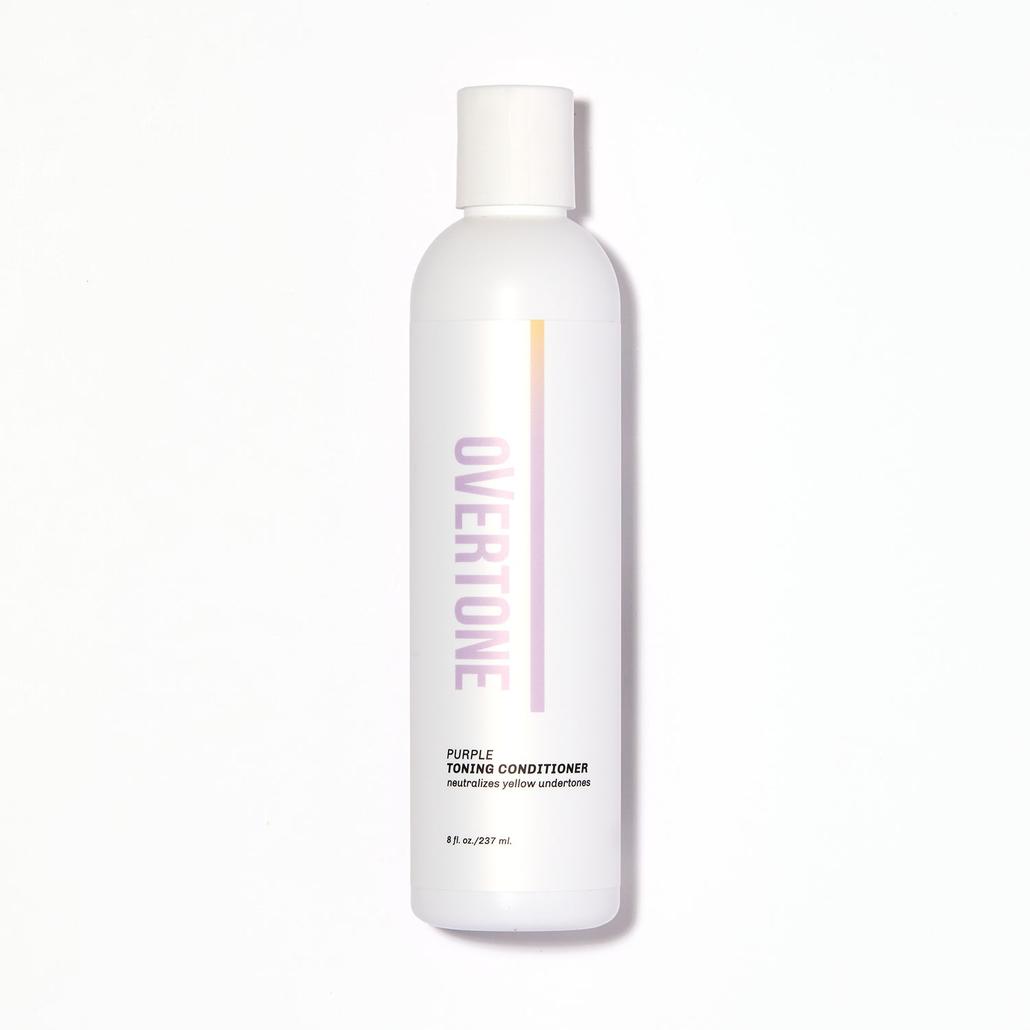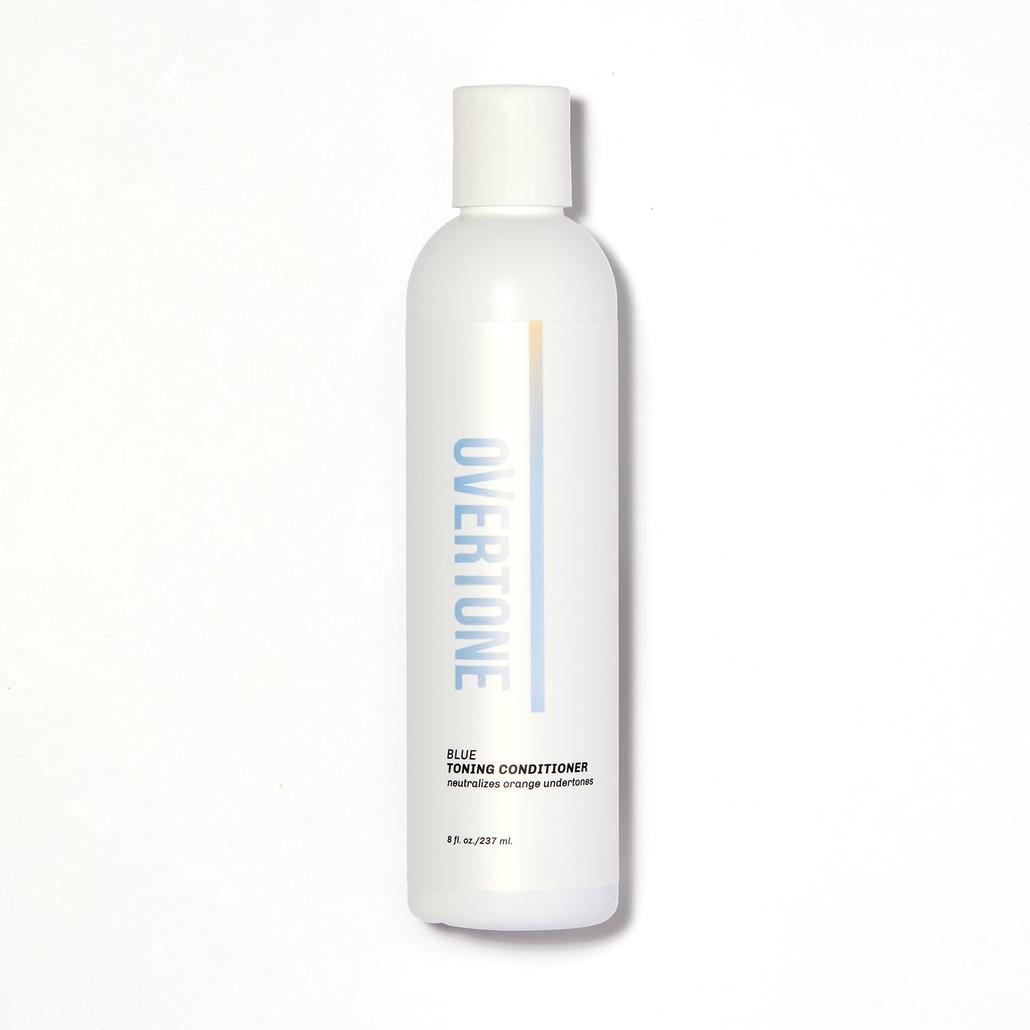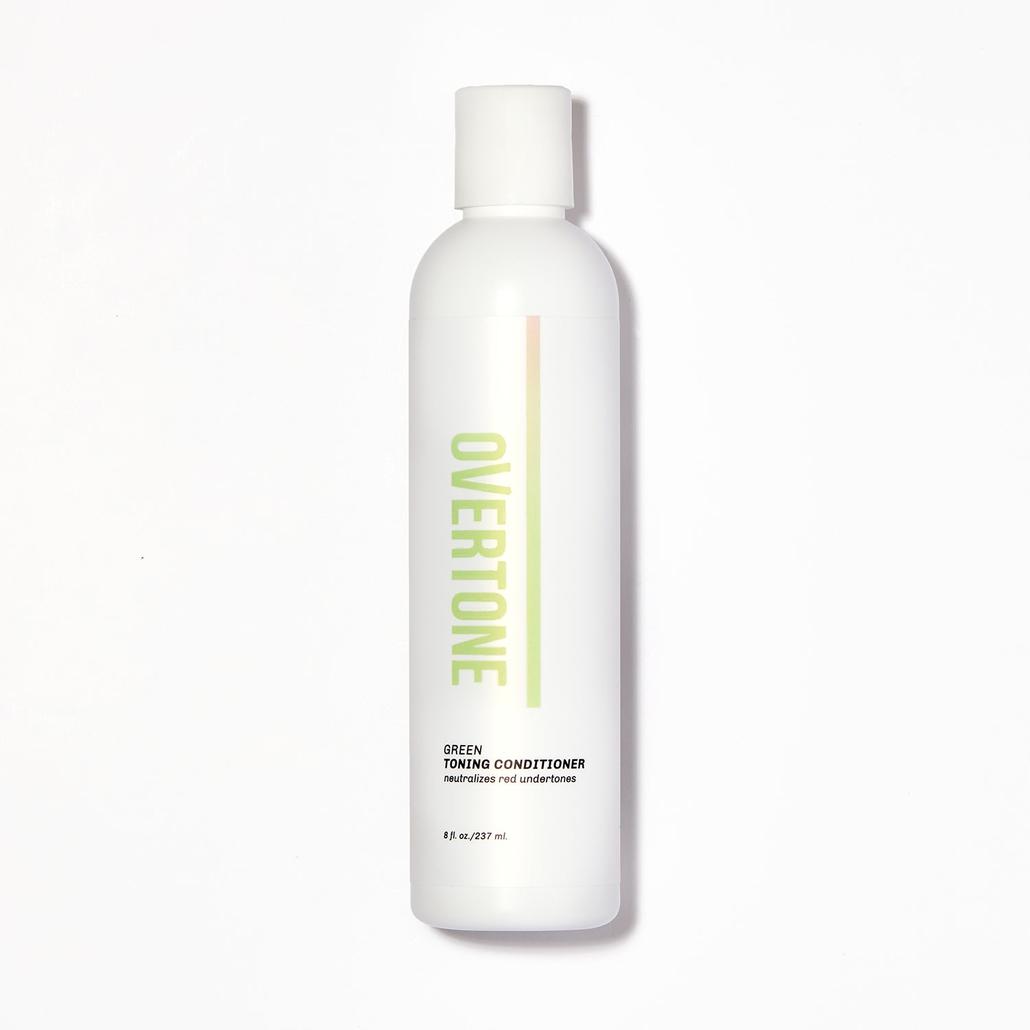How To Choose The Right Toning Conditioner For Your Hair
Remember the color wheel? The one from kindergarten that helped you learn about primary colors and combining colors to make new ones? Well it turns out that the color wheel is helpful even as you get older—especially when you start to see a shift in your salon or natural color.
If you want to skip the science and see it in action, check out an amazing color wheel journey here.
If you’re still with us, let’s get into how color theory and your hair work together.
Starting Shades
Your starting hair color can help determine what undertones your shade is prone to. Blonde hair tends to pick up yellow or brassy undertones, brown hair can pick up warm undertones, and anyone with hair or highlights lighter than medium brown can show brassiness. And, if you’re a swimmer, you’re probably all too familiar with the green/teal effects of chlorine.






